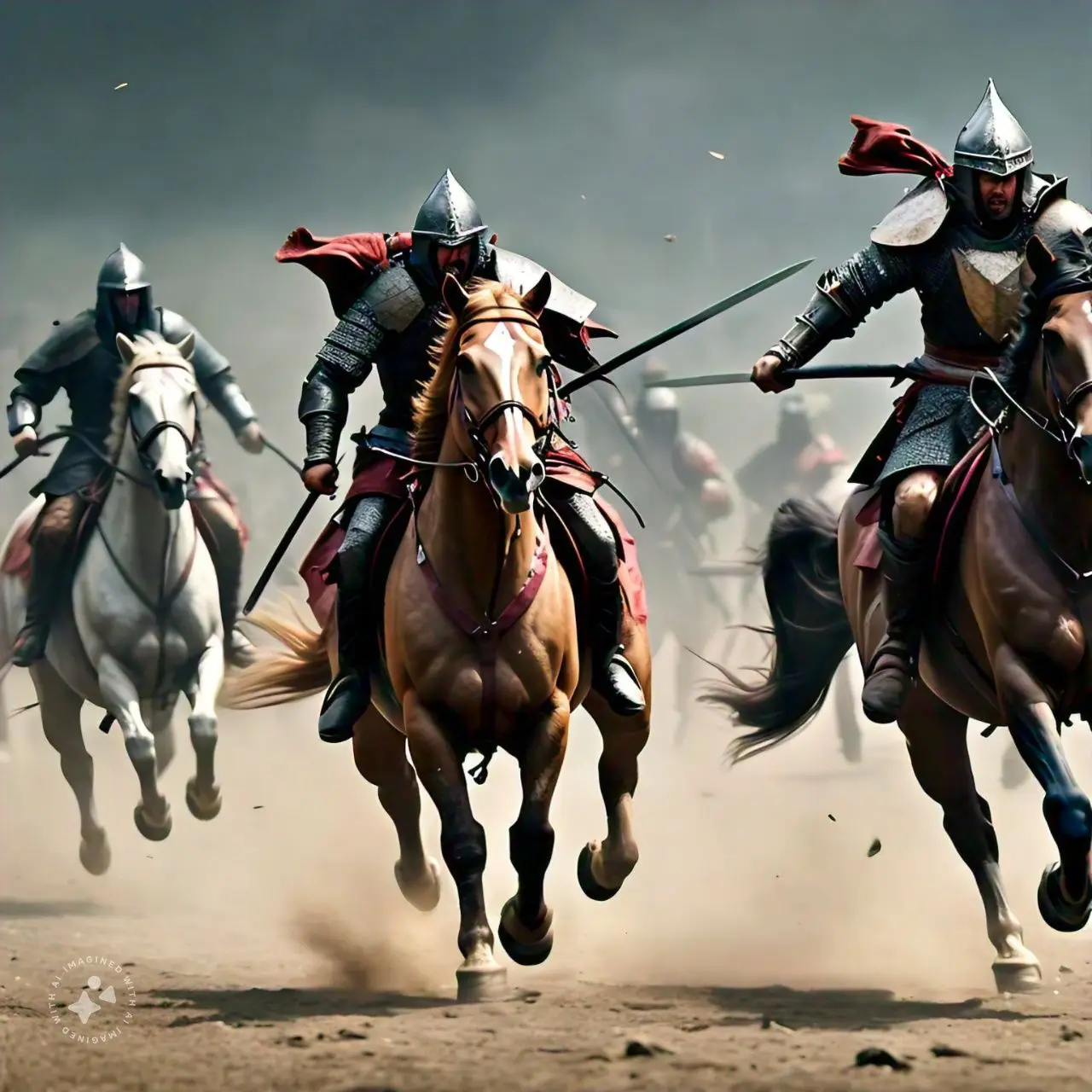
Meethi Eid 2025 is done and dusted, but how do we recover?

Meethi Eid 2025 is done and dusted, but how do we recover?

Simple and Affordable Ideas to Decorate Your Home for Eid Celebrations.

Shinwari style doesn't contain onions where as some traditional Punjabi style karahis do, it all depends on where abouts we...

Economic Eid Gift Hamper ideas Eid is a joyful, thanksgiving occasion. Where friends and families all get together and celebrate....

Amna JBusiness Consultant | Web designer & Developer | Social media Manager | SEO | Passionate Learner, I am deeply...

Knowing transgender people in Pakistan

In August 1947, the British left India after more than 300 years. The British divided British India into two independent...

Some of the days in the year are special, and Allah rewards us abundantly for doing ibadah during these days....

In Pakistan, gender roles have changed a lot in the last few decades, which is a sign of bigger changes...

We pay tribute to the War of Independence! The United States celebrates Independence Day every year on July 4. Emergence...
At Spheremedium, we are dedicated to delivering the latest news, insightful articles, and engaging content across a variety of topics. Our platform is designed to keep you informed and inspired, whether you’re looking for updates on current events, in-depth analysis, or simply a new recipe to try.
At Spheremedium, we are dedicated to delivering the latest news, insightful articles, and engaging content across a variety of topics. Our platform is designed to keep you informed and inspired, whether you’re looking for updates on current events, in-depth analysis, or simply a new recipe to try.
Our mission is to be your go-to source for reliable information and thought-provoking
© 2024 Developed By Digital Ostium